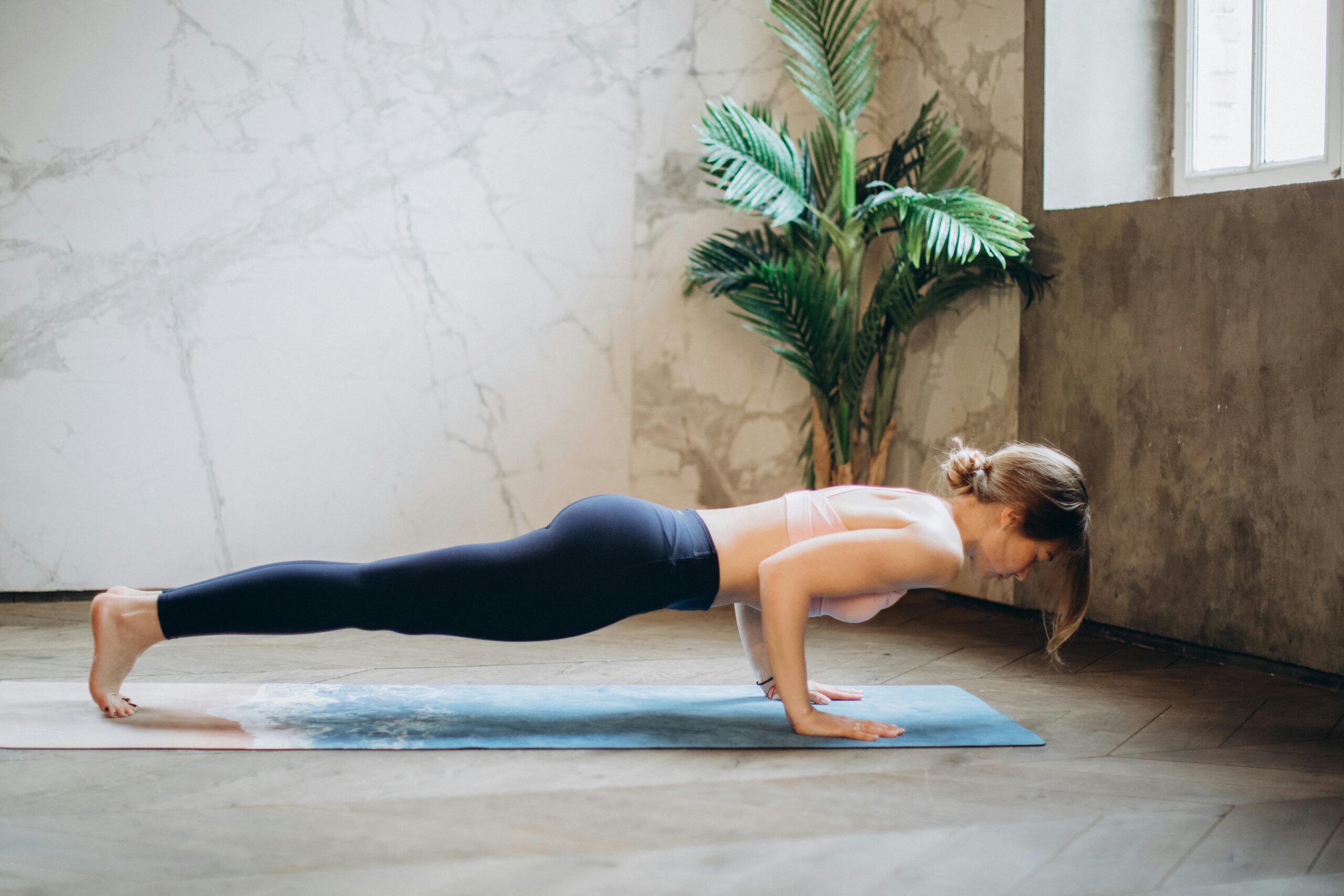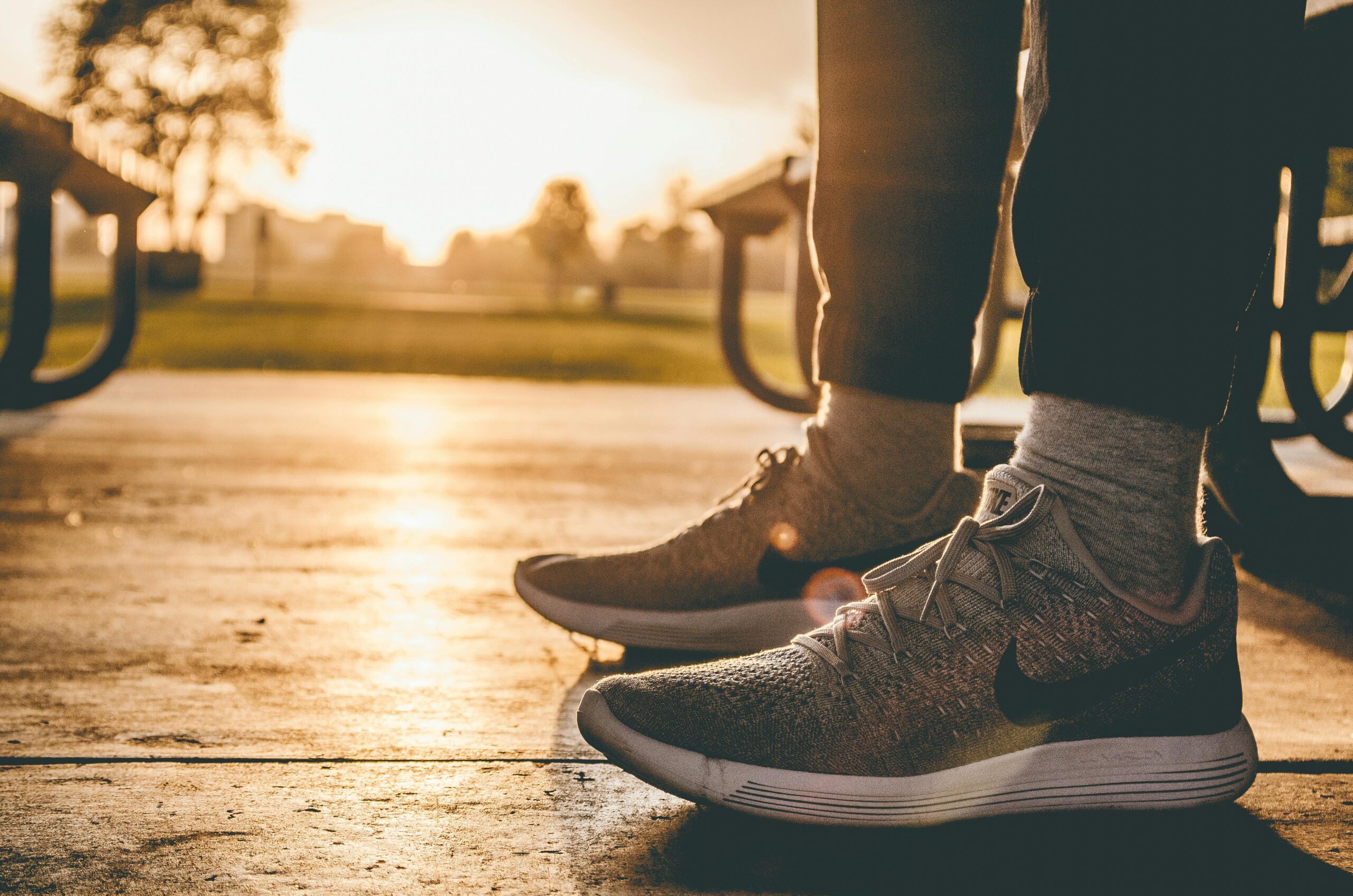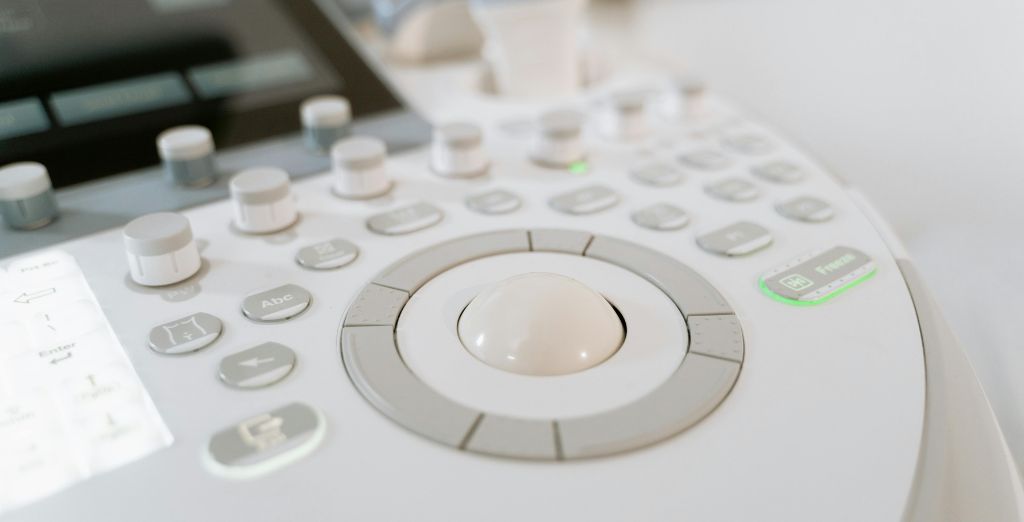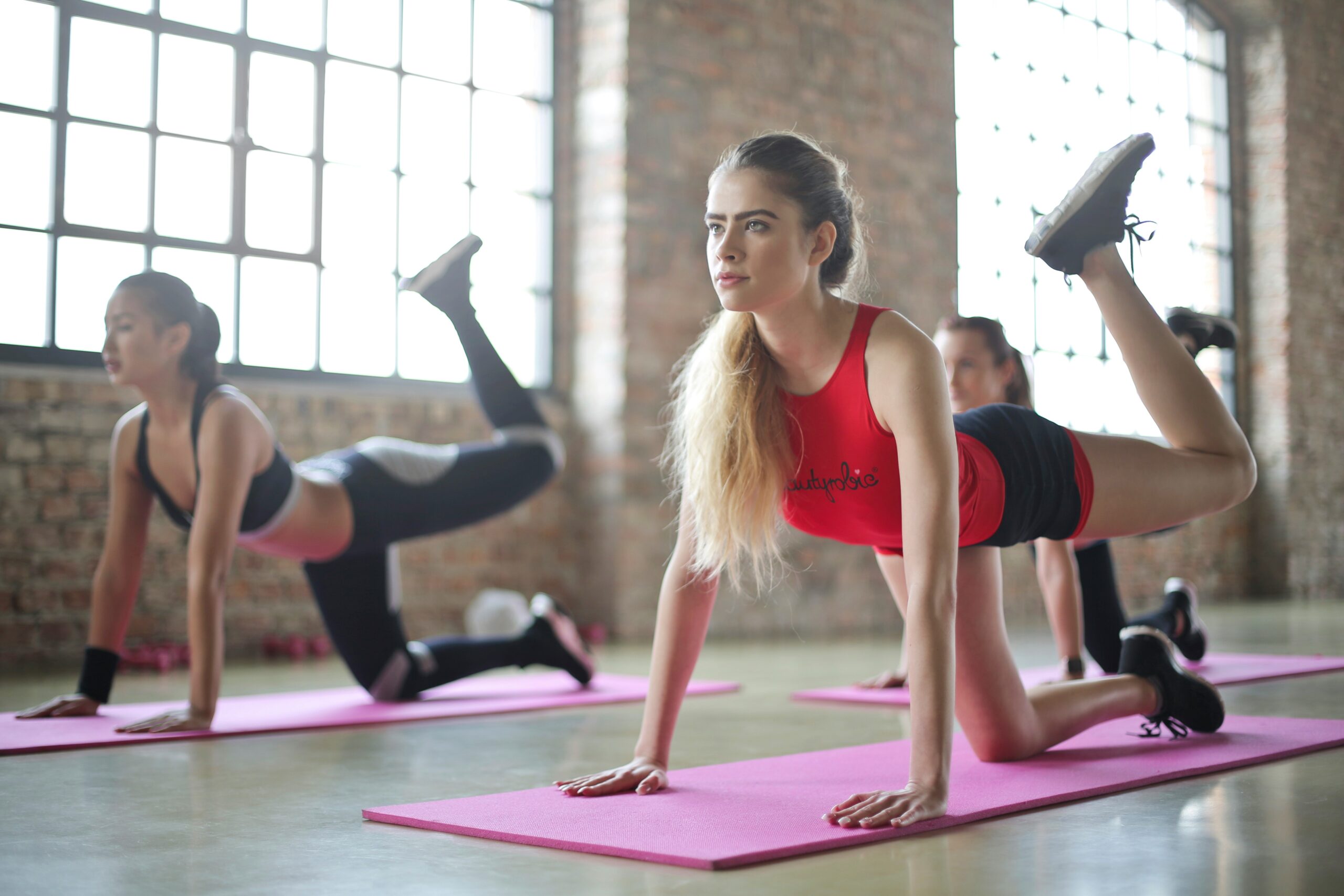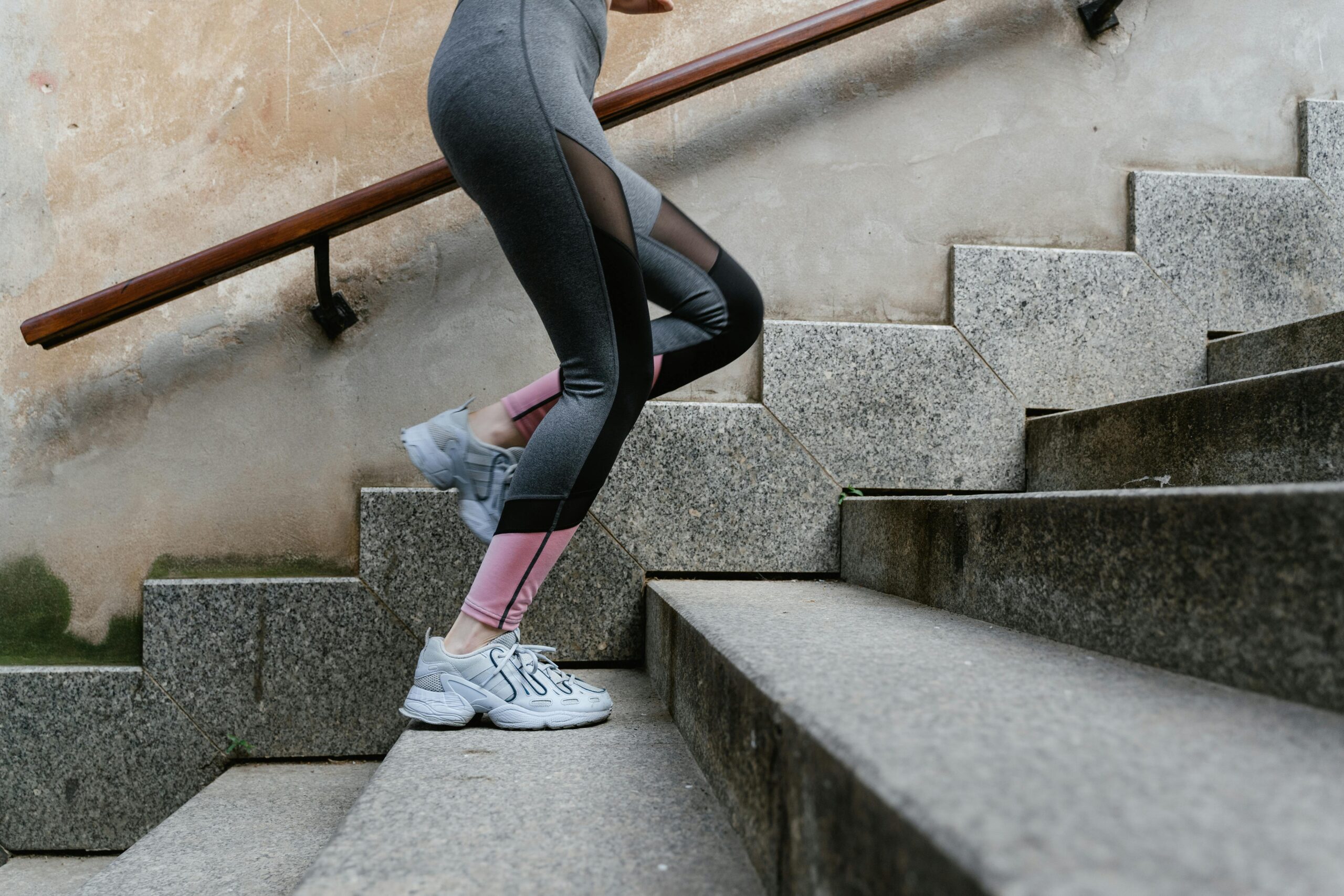When it comes to indoor cycling, especially on a Peloton bike, having the right equipment can significantly improve your experience. One key piece of gear that many cyclists focus on is the cleat system. SPD Cleats for Peloton: The Ultimate Guide for a Comfortable and Effective Ride are a popular choice among Peloton riders due to their flexibility, comfort, and ease of use. Unlike traditional Look Delta cleats that come standard with Peloton pedals, SPD Cleats for Peloton: The Ultimate Guide for a Comfortable and Effective Ride allow more freedom in movement and can make getting on and off the bike simpler. If you’re new to indoor cycling or simply looking to enhance your setup, learning about SPD Cleats for Peloton: The Ultimate Guide for a Comfortable and Effective Ride can help you make the best choice for your rides.
What Are SPD Cleats?
SPD cleats peloton, which stands for Shimano Pedaling Dynamics, is a cleat system created by Shimano, a leading cycling equipment brand. spd cleats peloton are popular in both indoor and outdoor cycling because of their versatile, two-bolt design that attaches easily to a wide range of cycling shoes. Unlike the three-bolt system used by Look Delta cleats, spd cleats peloton allow for easy maneuverability, making them ideal for riders who want to walk comfortably in their cycling shoes before or after a ride. spd cleats peloton are durable, easy to clip in and out of, and provide a secure connection to the pedals. Many Peloton users choose spd cleats peloton for the enhanced stability and comfort they offer during workouts.
Why Choose SPD Cleats for Your Peloton?
SPD cleats peloton have become a top choice for Peloton riders for a few reasons. First, they’re easy to use, especially for beginners. The two-bolt system is simpler to clip in and out of than the standard three-bolt system, reducing the likelihood of slipping or getting stuck. SPD cleats peloton also allow more flexibility, which can reduce pressure on your knees and joints, making your ride more comfortable. Many cyclists find that spd cleats peloton help them feel more connected to their pedals, providing a solid base for high-intensity workouts.
Additionally, if you’re looking for versatility, SPD cleats offer it. Since SPD cleats are commonly used on a variety of bikes, both indoor and outdoor, they’re compatible with many types of shoes and pedals. This means you can use the same shoes for different bikes, making it easier to transition from an outdoor cycling session to a Peloton ride without changing gear. For Peloton riders who like to cross-train or bike outdoors, spd cleats peloton can be a convenient choice.
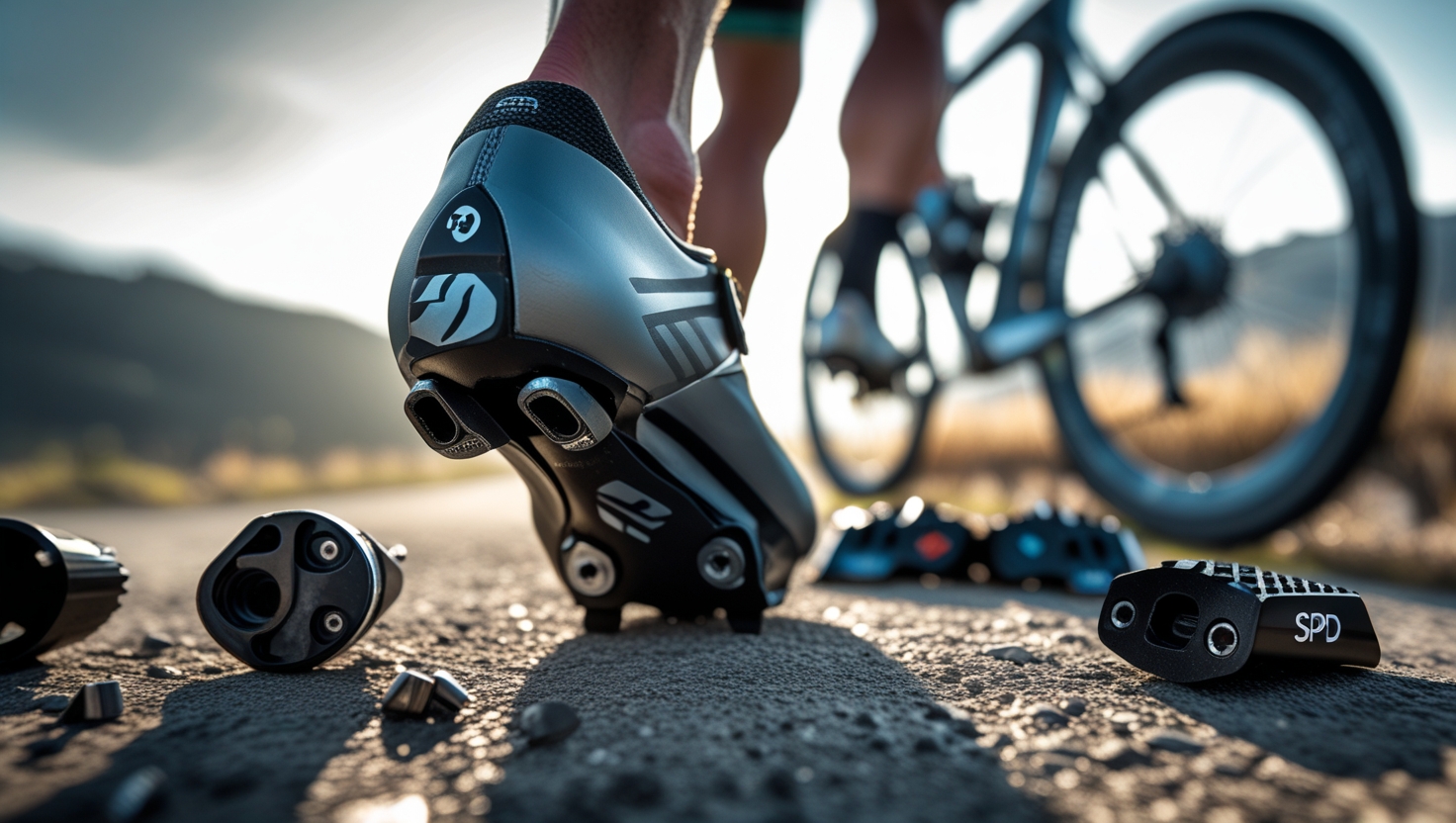
SPD Cleats vs. Look Delta Cleats: What’s the Difference?
Understanding the difference between SPD cleats peloton and Look Delta cleats can help you choose the best option for your Peloton. Look Delta cleats, which come standard with Peloton pedals, use a three-bolt system that attaches securely to Peloton bikes. They provide a stable connection, but the design makes it more challenging to walk comfortably off the bike.
SPD cleats, on the other hand, have a two-bolt system and a smaller, more recessed profile. This design allows you to walk more naturally and makes the cleats less noticeable underfoot. spd cleats peloton are also easier to clip in and out of, making them a better option if you’re new to clipping into pedals. They offer slightly more flexibility in foot positioning, which can help relieve knee strain. Many riders find that spd cleats peloton are more comfortable for longer rides or high-intensity workouts.
How to Set Up SPD Cleats on Your Peloton
Setting up spd cleats peloton on your Peloton is simple, but it does require swapping out the pedals if your bike is currently fitted with Look Delta pedals. To install SPD cleats, you’ll need spd cleats peloton, which you can buy online or from a local bike shop. Make sure the pedals are compatible with the Peloton crank arm, and follow the installation instructions provided with the pedals.
Once you have SPD pedals installed, you’ll attach the SPD cleats to the soles of your cycling shoes. The cleats come with two bolts that fit into the corresponding holes on SPD-compatible shoes. When attaching the cleats, align them with the ball of your foot and tighten the bolts to secure them in place. Positioning the cleats correctly is important for comfort and safety, so if you’re unsure, consult a professional at a bike shop.
After installing the pedals and cleats, test your connection by clipping in and out a few times before starting your ride. You should hear a click when the cleat attaches securely to the pedal. This setup will allow you to enjoy the Peloton’s features with the flexibility and comfort SPD cleats provide.
Benefits of Using SPD Cleats on Peloton
SPD cleats offer a range of benefits that make them ideal for Peloton riders. One major benefit is improved comfort. SPD cleats allow a more natural foot movement, which helps reduce stress on the knees and joints. This is especially important during intense rides or long workouts when repetitive motion can cause discomfort.
SPD cleats also offer flexibility, making it easier to get in and out of the pedals. For beginners or those who find the Look Delta system difficult, SPD cleats provide an easier and more intuitive clipping system. Another benefit is the ability to use SPD shoes for both indoor and outdoor cycling. This can save you money and simplify your routine, as you won’t need to invest in separate pairs of shoes for each bike.
Many cyclists also appreciate the secure fit that SPD cleats offer. The two-bolt connection provides a solid grip without the need to tighten excessively, allowing for a smoother pedal stroke. This secure connection helps improve power transfer, making your rides more efficient and effective.
Choosing the Right SPD Cleats and Shoes for Your Peloton
Selecting the right SPD cleats and shoes can make a big difference in your Peloton experience. Start by looking for shoes specifically designed for SPD cleats, as these will have the two-bolt holes needed for installation. Many cycling shoes have compatibility with both SPD and Look Delta cleats, so check the specifications before buying.
Consider the fit and comfort of the shoes as well. Cycling shoes should fit snugly without feeling too tight, as a secure fit improves power transfer. Breathable materials can help keep your feet cool, which is especially helpful during intense Peloton rides. Some shoes also come with additional padding or arch support, which can enhance comfort if you plan on long or frequent rides.
When choosing SPD cleats, consider the float or degree of movement they allow. Cleats with more float give your foot more movement, which can relieve knee strain and improve comfort. Most SPD cleats provide a moderate amount of float, but some models allow for customization. Picking the right float option can add to your overall comfort during workouts.
How to Transition from Look Delta to SPD Cleats on Peloton
Transitioning from Look Delta cleats to SPD cleats on your Peloton bike can be straightforward with the right steps. First, you’ll need to remove the Look Delta pedals that come standard with the bike. Use a pedal wrench to loosen and detach each pedal, turning them in the correct direction. It’s helpful to remember that the left pedal has a reverse thread, so it loosens clockwise. After removing the Look Delta pedals, you can install SPD-compatible pedals.
When choosing SPD pedals for your Peloton, look for dual-sided SPD pedals, which allow you to clip in on either side. This design makes clipping in faster and more convenient, especially if you’re new to SPD cleats. Screw in the SPD pedals by hand initially, and then tighten them fully with a pedal wrench, ensuring they’re secure and properly aligned.
Once the pedals are in place, attach the SPD cleats to your cycling shoes by lining up the cleats with the holes in the sole. Adjust the position so that the ball of your foot is directly over the cleat for the best alignment and power transfer. Testing the fit and feel of your new SPD setup with a few practice clips in and out will help you feel more comfortable before you start a full workout.

Tips for Getting the Most Out of SPD Cleats on Peloton
Using SPD cleats on your Peloton bike is all about comfort, performance, and ease of use. To get the most out of your SPD cleats, it’s important to adjust the tension on your SPD pedals. Tension determines how tightly the cleats clip into the pedals. Lower tension is ideal for beginners, as it makes it easier to clip in and out, while higher tension may be preferred by experienced riders who want a firmer connection.
Maintaining your SPD cleats and pedals is essential for durability and performance. Regularly check for any loose screws in the cleats or signs of wear on the pedals. SPD cleats are known for their durability, but over time, they can wear down, especially with frequent use. Replacing worn-out cleats promptly ensures a secure fit and prevents accidental slips.
Practicing proper posture and foot alignment with SPD cleats is another way to improve your performance. Since SPD cleats allow for some flexibility in foot positioning, make sure your foot is straight and comfortably centered. This alignment reduces strain on your knees and helps you pedal more efficiently. Adjusting your seat height and distance from the handlebars also contributes to a more effective and comfortable ride.
Common Mistakes to Avoid with SPD Cleats on Peloton
Using SPD cleats effectively involves avoiding a few common mistakes. One mistake is improper cleat positioning. Placing the cleat too far forward or backward can lead to discomfort and inefficient pedaling. Position the cleat so that the ball of your foot aligns with the pedal for the best support and power transfer.
Another common issue is over-tightening the cleat bolts. While it’s important to secure the cleats, over-tightening can damage the shoe sole or make it difficult to adjust the cleat position in the future. Tighten the bolts just enough to hold the cleats firmly in place, without excessive force.
Some riders also skip the step of adjusting pedal tension, which can affect your comfort and performance. Testing and fine-tuning the pedal tension can make a big difference, especially if you’re switching to SPD cleats from another system. Setting the tension to a comfortable level will make clipping in and out easier and prevent unwanted releases during intense rides.
Using SPD cleats on your Peloton bike offers greater flexibility, comfort, and control, making it a great choice for riders of all levels. With SPD cleats, you can enjoy a more natural feel, improved alignment, and the option to use the same shoes on different bikes. Following these tips will help you transition smoothly and get the most out of your SPD setup, enhancing both your workouts and overall cycling experience.
Conclusion
Switching to SPD cleats for your Peloton bike can significantly improve your comfort and performance, making each ride smoother and more enjoyable. With their easy-to-use, two-bolt design, SPD cleats offer flexibility, a natural foot position, and a secure connection to the pedals. They’re ideal for Peloton riders who want a more comfortable and versatile setup, allowing you to use the same cycling shoes for both indoor and outdoor rides.
By following the right steps to install SPD pedals and properly position your cleats, you can enjoy a more efficient, joint-friendly workout. Adjusting pedal tension, maintaining your equipment, and ensuring proper foot alignment will further enhance your riding experience. Whether you’re new to indoor cycling or a seasoned Peloton user, SPD cleats are a reliable choice that can help you make the most of every workout.
FAQs
1. Can I use SPD cleats on a Peloton bike?
Yes, you can use SPD cleats on a Peloton bike, but you will need to replace the original pedals with SPD-compatible ones. Once installed, you can use SPD cleats and compatible shoes for an easier and more comfortable riding experience.
2. Are SPD cleats better than Look Delta cleats for beginners?
Many beginners find SPD cleats easier to use because of the two-bolt system, which allows for simpler clipping in and out. SPD cleats also provide more flexibility, which can make them more comfortable and less restrictive.
3. What shoes work best with SPD cleats for Peloton?
Shoes with a two-bolt mounting system are compatible with SPD cleats. Look for cycling shoes designed for SPD cleats or hybrid shoes that work with both SPD and Look Delta cleats if you want versatility.

